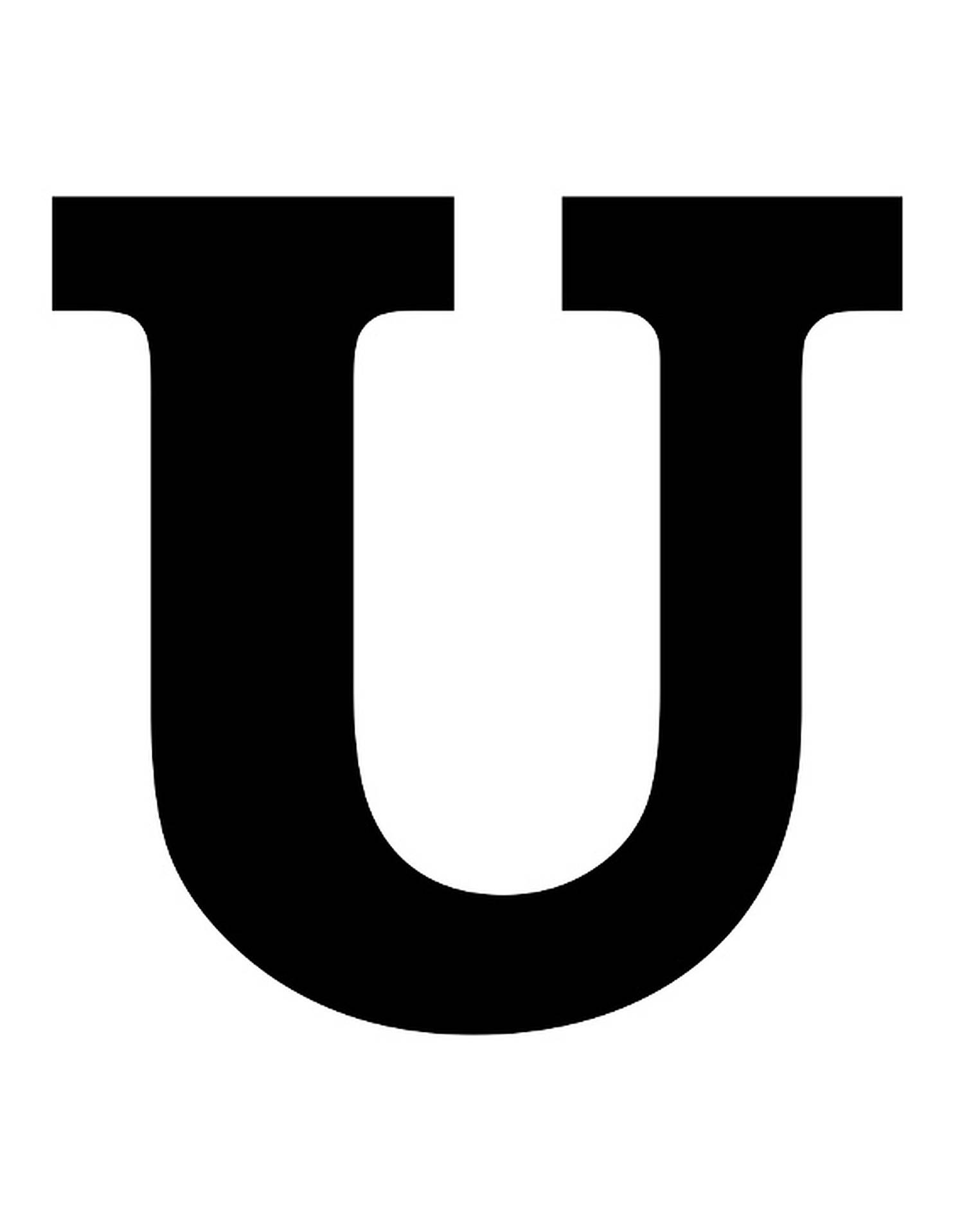Unraveling The U.S.-Iran Nuclear Deal: A Decades-Long Saga
The U.S.-Iran nuclear deal, formally known as the Joint Comprehensive Plan of Action (JCPOA), stands as one of the most complex and contentious diplomatic endeavors of the 21st century. At its core, this agreement sought to address deep-seated concerns about Iran's nuclear ambitions, a program that has long been a source of regional and international tension. The historical backdrop to this intricate relationship includes a legacy of mistrust, with sanctions on Iran, some dating back to the 1979 hostage crisis, shaping the economic and political landscape for decades.
Understanding the nuances of the U.S.-Iran nuclear deal requires delving into its origins, its brief implementation, its controversial dismantling, and the persistent efforts to revive it. This article aims to provide a comprehensive overview, exploring the critical junctures, the key players, and the enduring implications of an agreement that continues to shape global geopolitics and the future of nuclear non-proliferation.
Table of Contents
- Historical Roots of the Iranian Nuclear Program
- The Birth of the JCPOA: A Landmark Agreement
- Trump's Withdrawal and Escalating Tensions
- Iran's Response and Program Advancements
- Israel's Unwavering Opposition and Security Concerns
- The Arduous Path to Revival and Future Negotiations
- The Stakes of the U.S.-Iran Nuclear Deal
- Conclusion: A Future Uncertain
Historical Roots of the Iranian Nuclear Program
The story of Iran's nuclear ambitions is deeply intertwined with its geopolitical history. Initially, Iran's nuclear program began with U.S. assistance under the "Atoms for Peace" program in the 1950s. However, following the 1979 Islamic Revolution and the subsequent hostage crisis, relations between the United States and Iran plummeted, leading to the imposition of severe sanctions. These early sanctions marked the beginning of a long period of international isolation for Iran, pushing its nuclear development underground and raising suspicions. Over the decades, as Iran continued to develop its nuclear capabilities, often shrouded in secrecy, concerns mounted within the international community. For many nations, particularly Israel, Iran's nuclear program is at the heart of its conflict with Israel, viewed as an existential threat. This perception fueled a global effort to prevent Iran from acquiring nuclear weapons, culminating in intense diplomatic pressure and a series of multilateral negotiations.The Birth of the JCPOA: A Landmark Agreement
Nearly 10 years ago, the United States and other world powers—namely the UK, France, Germany, Russia, China, and the European Union (P5+1)—reached a landmark nuclear agreement with Iran. This agreement, the Joint Comprehensive Plan of Action (JCPOA), was the culmination of years of arduous diplomacy, building upon an earlier, preliminary framework. The iran nuclear deal framework was a preliminary framework that laid the groundwork for the comprehensive accord. It represented a monumental effort to address the international community's concerns through diplomatic means rather than military confrontation.Key Provisions and Iranian Commitments
Under the 2015 Iran nuclear deal, Iran agreed not to pursue nuclear weapons. This was the central tenet of the agreement. In exchange for sanctions relief, Iran committed to significant restrictions on its nuclear program, including:- **Uranium Enrichment:** Drastically reducing its uranium enrichment capacity, including the number and type of centrifuges. According to details of the deal published by the US government, Iran's uranium stockpile would be significantly reduced and maintained at a very low level (300 kg of 3.67% enriched uranium for 15 years), far below the amount needed for a weapon.
- **Heavy Water Reactor:** Redesigning its Arak heavy water reactor to prevent the production of weapons-grade plutonium.
- **Inspections and Monitoring:** Allowing continuous monitoring of its compliance by the International Atomic Energy Agency (IAEA), granting inspectors unprecedented access to its nuclear facilities, and implementing the Additional Protocol, which allows for snap inspections.
- **Research and Development:** Limiting its research and development activities related to advanced centrifuges for a specified period.
Economic Sanctions Relief: The Iranian Incentive
For Iran, the primary incentive for entering the U.S.-Iran nuclear deal was the promise of relief from crippling economic sanctions. These sanctions had severely impacted Iran's economy, limiting its oil exports, access to international financial systems, and overall trade. The JCPOA aimed to reintegrate Iran into the global economy, providing a much-needed boost to its struggling populace. The lifting of these sanctions was contingent upon Iran's strict adherence to its nuclear commitments, with provisions for their snap-back if Iran violated the agreement.Trump's Withdrawal and Escalating Tensions
Despite the IAEA's repeated confirmations that Iran was complying with the terms of the JCPOA, the agreement faced strong opposition from critics, particularly in the United States and Israel. They argued that the deal did not adequately address Iran's ballistic missile program, its regional destabilizing activities, or the sunset clauses that would allow some nuclear restrictions to expire over time. In a pivotal moment that reshaped the geopolitical landscape, Donald Trump unilaterally withdrew America from the accord in 2018. This decision was a fundamental shift in U.S. foreign policy, driven by Trump's belief that the JCPOA was a "terrible deal" that did not serve American interests. His administration subsequently reimposed and expanded sanctions on Iran, initiating a "maximum pressure" campaign designed to force Iran back to the negotiating table for a "better deal" that would also limit Iran’s nuclear program and military ambitions. This move sparked tensions in the Mideast that persist today, creating a volatile environment marked by proxy conflicts, attacks on shipping, and heightened military alerts.Iran's Response and Program Advancements
Following the U.S. withdrawal and the re-imposition of sanctions, Iran gradually began to roll back its commitments under the JCPOA. Tehran argued that it could not be expected to uphold its end of the bargain if the other parties, particularly the United States, were not honoring theirs by providing sanctions relief. Iran's steps included:- Increasing its uranium enrichment levels beyond the 3.67% limit.
- Accumulating larger stockpiles of enriched uranium.
- Beginning to use more advanced centrifuges.
- Reducing its cooperation with IAEA inspectors, though still allowing some monitoring.
Israel's Unwavering Opposition and Security Concerns
From its inception, Israel was a vocal critic of the U.S.-Iran nuclear deal. Viewing Iran as its primary regional adversary, Israel has consistently asserted that a nuclear-armed Iran poses an existential threat. This deep-seated concern stems from Iran's hostile rhetoric, its support for proxy groups like Hezbollah and Hamas, and its ballistic missile program.Netanyahu's Stance and Military Options
Former Israeli Prime Minister Benjamin Netanyahu was a particularly ardent opponent of the JCPOA, advocating military action against Iran's nuclear facilities if diplomacy failed. He consistently warned against Iran's nuclear advancements and has been preparing to strike swiftly if the talks collapse. The Israeli security establishment has long maintained that all options must remain on the table to prevent Iran from acquiring nuclear weapons. There have even been reports that officials are concerned he might even make his move without a green light from Trump, highlighting the unilateral nature Israel might adopt in what it perceives as a matter of national survival. This aggressive stance underscores the profound security implications of the U.S.-Iran nuclear deal for the Middle East.The Arduous Path to Revival and Future Negotiations
Since Trump's withdrawal, diplomatic efforts have been ongoing, albeit intermittently, to revive the U.S.-Iran nuclear deal. The Biden administration, upon taking office, expressed a desire to return to the JCPOA, believing it to be the most effective way to constrain Iran's nuclear program. However, negotiations have been fraught with challenges, including Iran's continued nuclear advancements, the lingering sanctions, and the deep distrust between Washington and Tehran. The iran nuclear deal negotiations initiated in 2025 under U.S. leadership, as referenced in some discussions, highlight the persistent nature of these diplomatic efforts. These future negotiations aim to address the very issues that led to the deal's collapse and to find a new pathway forward. The goal remains to limit Iran’s nuclear program and military ambitions, especially after Donald Trump scrapped an earlier deal in 2018. The complexity is further compounded by the involvement of various administrations and leaders, including Barack Obama who oversaw the original deal, Trump who withdrew, and subsequent administrations attempting to mend the rift.Similarities and Differences with the Original Deal
Any new offer to revive the U.S.-Iran nuclear deal is similar in many key respects to the 2015 Iran deal, though it differs in some aspects. Key areas of discussion in potential new agreements include:- **Sanctions Relief:** The extent and nature of sanctions relief Iran would receive in exchange for renewed compliance.
- **Nuclear Restrictions:** The specific limits on enrichment, centrifuges, and stockpiles, potentially with longer sunset clauses or stricter verification mechanisms.
- **Regional Issues:** Whether a new deal would incorporate discussions on Iran's ballistic missile program or its regional activities, which Iran has consistently refused to negotiate.
- **Verification:** Ensuring robust and continuous IAEA monitoring to prevent any clandestine nuclear activities.
The Stakes of the U.S.-Iran Nuclear Deal
The fate of the U.S.-Iran nuclear deal carries immense global implications, touching upon several critical "Your Money or Your Life" (YMYL) areas:- **Global Security:** A nuclear-armed Iran could trigger a dangerous arms race in the Middle East, destabilizing an already volatile region and increasing the risk of conflict. The failure to secure a deal could lead to military confrontation, with devastating human and economic costs.
- **Economic Stability:** Sanctions on Iran have significant impacts on global oil markets and international trade. Their imposition or lifting directly affects energy prices and the global economy. The stability brought by a viable deal could unlock economic opportunities, while continued tensions could lead to disruptions.
- **Humanitarian Concerns:** Conflict and instability invariably lead to humanitarian crises, displacement, and loss of life. Preventing nuclear proliferation and fostering regional stability are paramount for protecting civilian populations.
- **International Law and Diplomacy:** The success or failure of the U.S.-Iran nuclear deal reflects on the efficacy of international diplomacy and non-proliferation treaties. It sets a precedent for how the international community addresses similar challenges with other nations.
Conclusion: A Future Uncertain
The U.S.-Iran nuclear deal, from its initial promise to its contentious unraveling and the persistent attempts at revival, remains a central pillar of international security discussions. The agreement, which saw Iran agree not to pursue nuclear weapons in exchange for sanctions relief, was a delicate balance that ultimately proved fragile. The unilateral withdrawal by the U.S. in 2018 not only reignited tensions but also pushed Iran closer to nuclear capabilities, a development that deeply concerns regional powers like Israel and the wider international community. As discussions potentially continue into 2025, the path forward is fraught with challenges. The core objective remains to limit Iran's nuclear program and military ambitions, but achieving this requires navigating deep-seated mistrust, divergent national interests, and the legacy of past failures. The future of the U.S.-Iran nuclear deal will undoubtedly continue to shape the geopolitical landscape of the Middle East and beyond. What are your thoughts on the future of the U.S.-Iran nuclear deal? Do you believe a renewed agreement is possible, or are we headed for a different kind of resolution? Share your perspectives in the comments below, and consider exploring our other articles on international relations and nuclear non-proliferation for more in-depth analysis.- Averyleigh Onlyfans Sex
- Sandra Smith Political Party
- Faith Jenkins Net Worth 2024
- Hubflix Hindi
- Maligoshik Leak

Download Bold Black Wooden Letter U Wallpaper | Wallpapers.com
Letter U Vector SVG Icon - SVG Repo

Letter,u,capital letter,alphabet,abc - free image from needpix.com